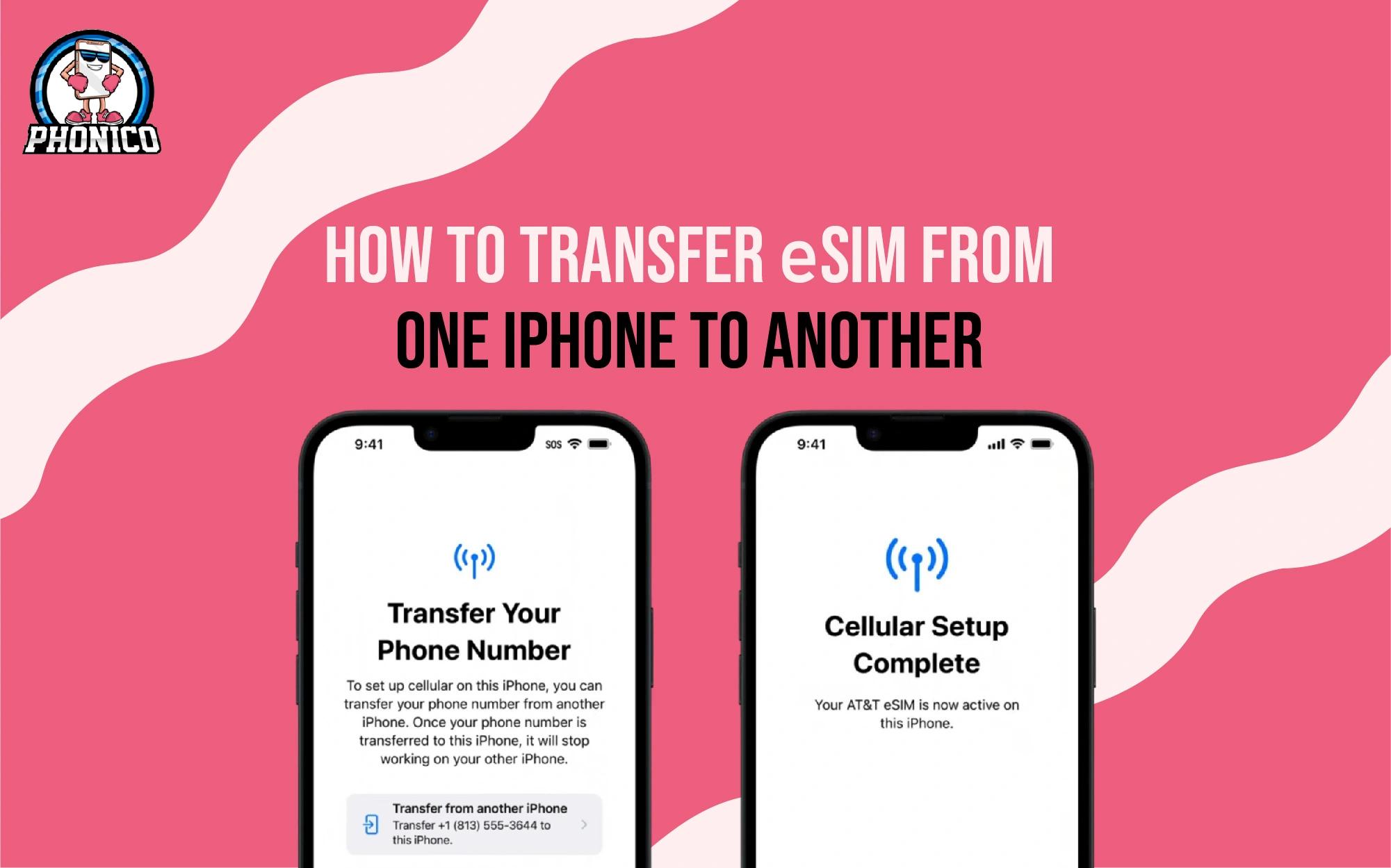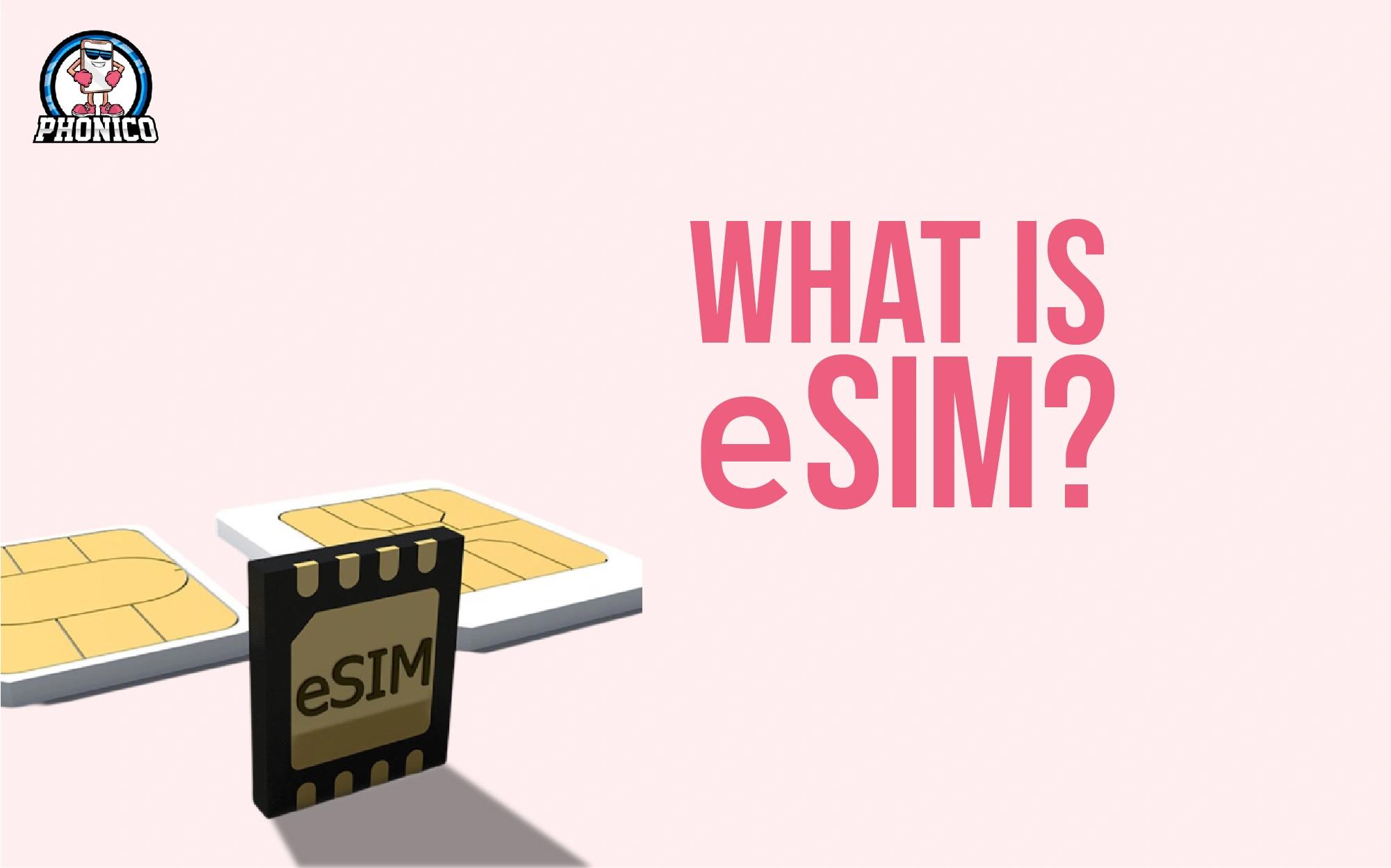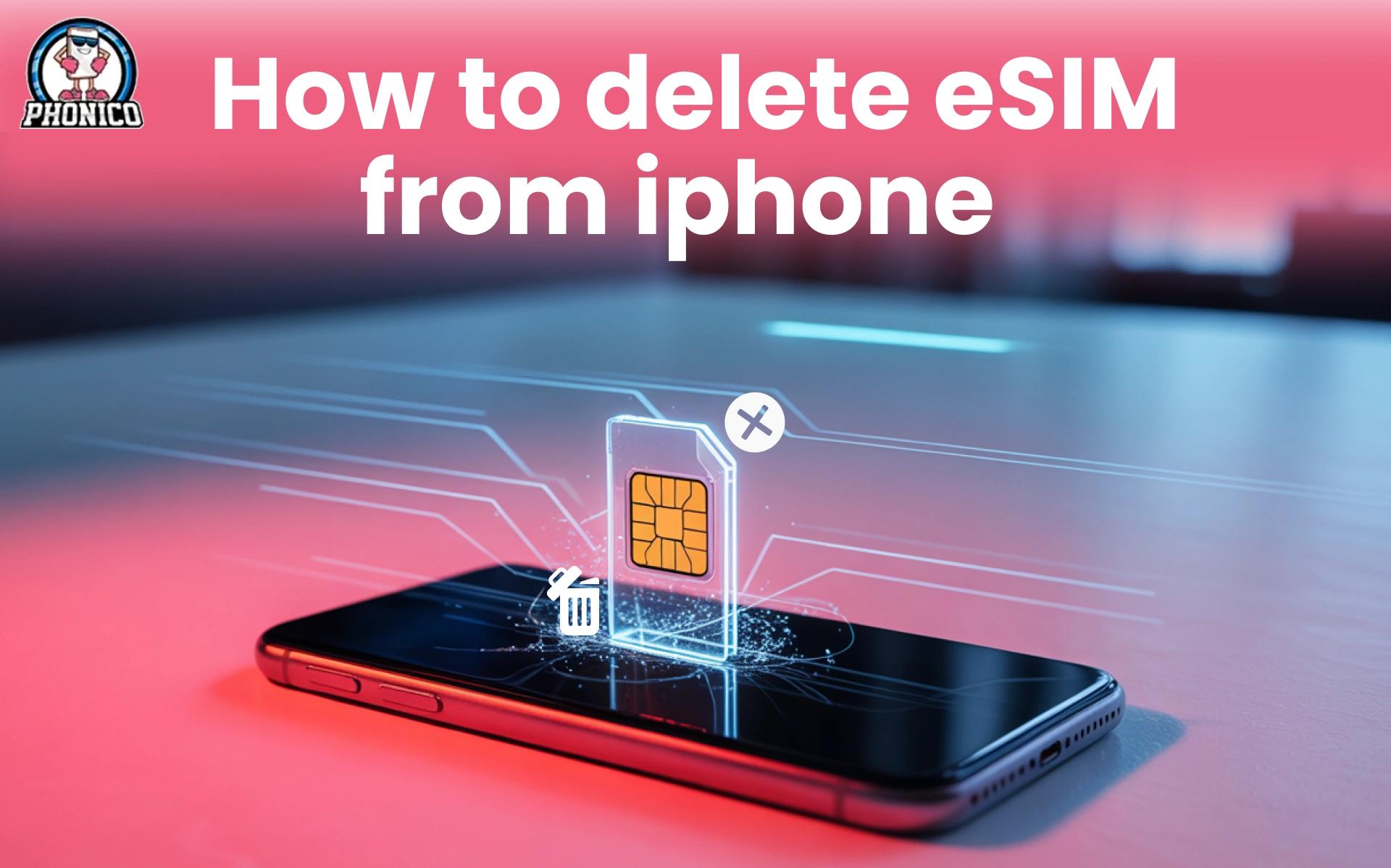What is an IMSI Number? Role in eSIM, IoT, and Global Connectivity!
Ever thought what really connects your mobile phone to your network when you’re abroad or switching SIMs? That’s IMSI number!
IMSI, short for International Mobile Subscriber Identity. It's a 15-digit number that silently works behind the scenes every time your phone talks to the cellular network.
The IMSI uniquely identifies you, not the phone, but you as a subscriber.
Whether you're using a traditional SIM, an eSIM, or even a device connected to the Internet of Things (IoT), this number makes sure your device gets the right access to voice, text, or data.
If you're a Phonico eSIM user, understanding your IMSI means understanding how your mobile plan travels with you across multiple countries, without needing to swap physical SIM cards.
What Makes Up an IMSI?
An IMSI number isn’t random. It’s carefully structured into three key parts that work together to tell the network exactly who you are and where you're from:
1. MCC - Mobile Country Code
The first 3 digits tell the system which country your subscription belongs to.
2. MNC - Mobile Network Code
The next 2 or 3 digits identify the mobile network operator (like T-Mobile, Vodafone, etc.).
3. MSIN - Mobile Subscription Identification Number
The last section (usually 9 or 10 digits) is the unique code that ties directly to your subscription, like your mobile ID in the system.
Together, these pieces form your IMSI. It’s stored on your SIM or eSIM alongside your ICCID number (the physical SIM’s ID) and IMEI numbers (which identify your actual mobile device).
So while the IMEI number tells networks which device is being used, the IMSI identifies the subscriber. That’s why, even if you change your phone, your network can still recognize you, as long as you’re using the same SIM or eSIM.
How IMSI Numbers Work with eSIM Technology?
With eSIMs becoming the new global standard, understanding how IMSI fits in is more important than ever.
Unlike traditional physical SIM cards, eSIMs are built right into your mobile device. No slot, no plastic. But they still need one thing to work: the IMSI.
When you install the eSIM profile on your phone, the IMSI number is downloaded digitally. It’s what allows your eSIM to register with the cellular network, just like a traditional SIM would.
The moment you land in a new country, eSIM like Phonico uses that IMSI to identify your subscription and connect to the local partner network instantly, and without roaming fees.
For travelers, this changes everything. You no longer have to juggle different SIM cards or worry about swapping out numbers.
With Phonico’s multi-IMSI SIMs, your eSIM can store multiple IMSI profiles, which means your device can connect to different networks in different countries, all without lifting a finger.
Whether you're using IoT devices, smartwatches, or your everyday mobile phone, the IMSI silently manages your identity and mobile access in the background, and that’s what keeps your travel seamless.
Why Multiple IMSI SIMs Matter for Global Travel?
Let’s say you’re hopping between Paris, Rome, and Tokyo. In each location, you'd usually need a different SIM, a new data plan, or access to a local shop, annoying, right?
Phonico eSIM solves this with a single eSIM profile powered by multiple IMSI numbers.
Here’s how it works:
- Each IMSI is linked to a different mobile network operator across various regions.
- Your eSIM dynamically switches to the best available IMSI depending on your location.
- No manual configuration. No surprise roaming charges. Just a reliable internet connection, no matter where you are.
This setup doesn’t just help frequent flyers. It’s also perfect for digital nomads, business travelers, and remote workers using multiple countries as their office.
Behind the scenes, your eSIM juggles mobile network code (MNC) and mobile country code (MCC) values to pick the best network available.
Combined with your unique subscription identification number (MSIN), the system knows exactly which network and plan to use, all while you stream, navigate, or message on apps like WhatsApp.
So next time your internet fires up as you land in a new city, remember, it’s not magic. It’s IMSI working with Phonico to keep you connected, with high-speed coverage and no borders.
Is IMSI Secure in eSIM Devices?
Yes! But here’s what you need to know. The IMSI is encrypted when your device connects to a cellular network. This protects your mobile subscription identification number from being exposed.
Still, not all networks handle IMSI the same way. Older systems can be vulnerable to IMSI catchers, fake towers that try to trick your phone. That’s why it’s smart to use a trusted provider like Phonico, which uses networks with strong encryption.
With Phonico eSIMs:
- You avoid SIM swapping risks.
- Your 15-digit IMSI is handled securely through multi-IMSI technology.
- Your device always connects to the safest, most stable option.
It’s not just about convenience, it’s about protecting your digital identity.
Conclusion
Understanding what IMSI is and how it works gives you real control. With Phonico, it’s not just tech talk. It’s how you get instant access to high-speed data, reliable coverage, and smart travel tools that just work.
Whether you’re managing devices, working remotely, or traveling across borders, your IMSI number keeps your mobile phone connected.
So next time someone asks, “What is an IMSI number?”, you’ll have the answer — and the eSIM that makes the most of it.
FAQs
Can I see my IMSI number on a phone using eSIM?
Yes. On most phones, go to settings → about → SIM info. But with eSIMs, it’s managed in the background. You usually don’t need to touch it.
Does IMSI change with different eSIM data plans?
It can. Some multi IMSI SIMs switch IMSI numbers depending on region or plan. Phonico handles this automatically.
Is IMSI the same as IMEI or ICCID?
No. The IMSI identifies your subscription, IMEI is your mobile device, and ICCID refers to the eSIM profile. Each has a different job.







